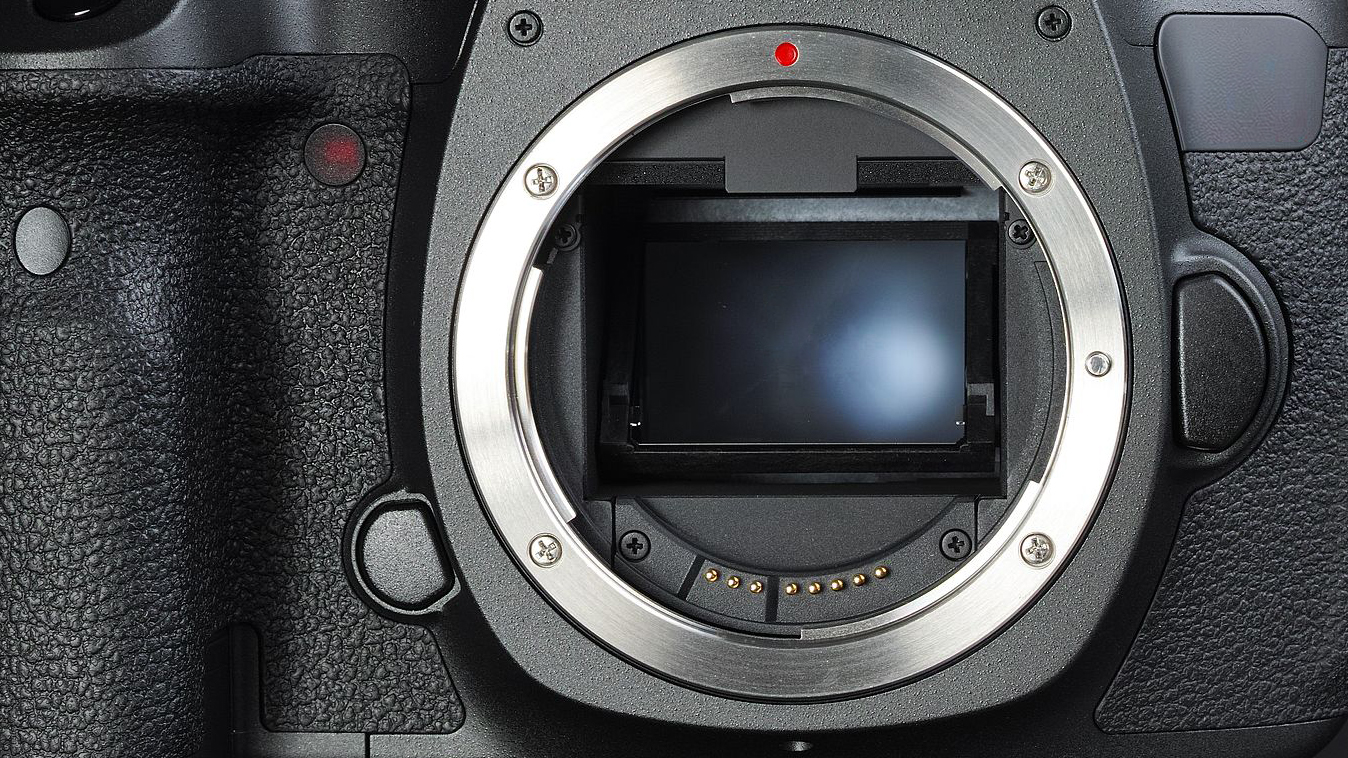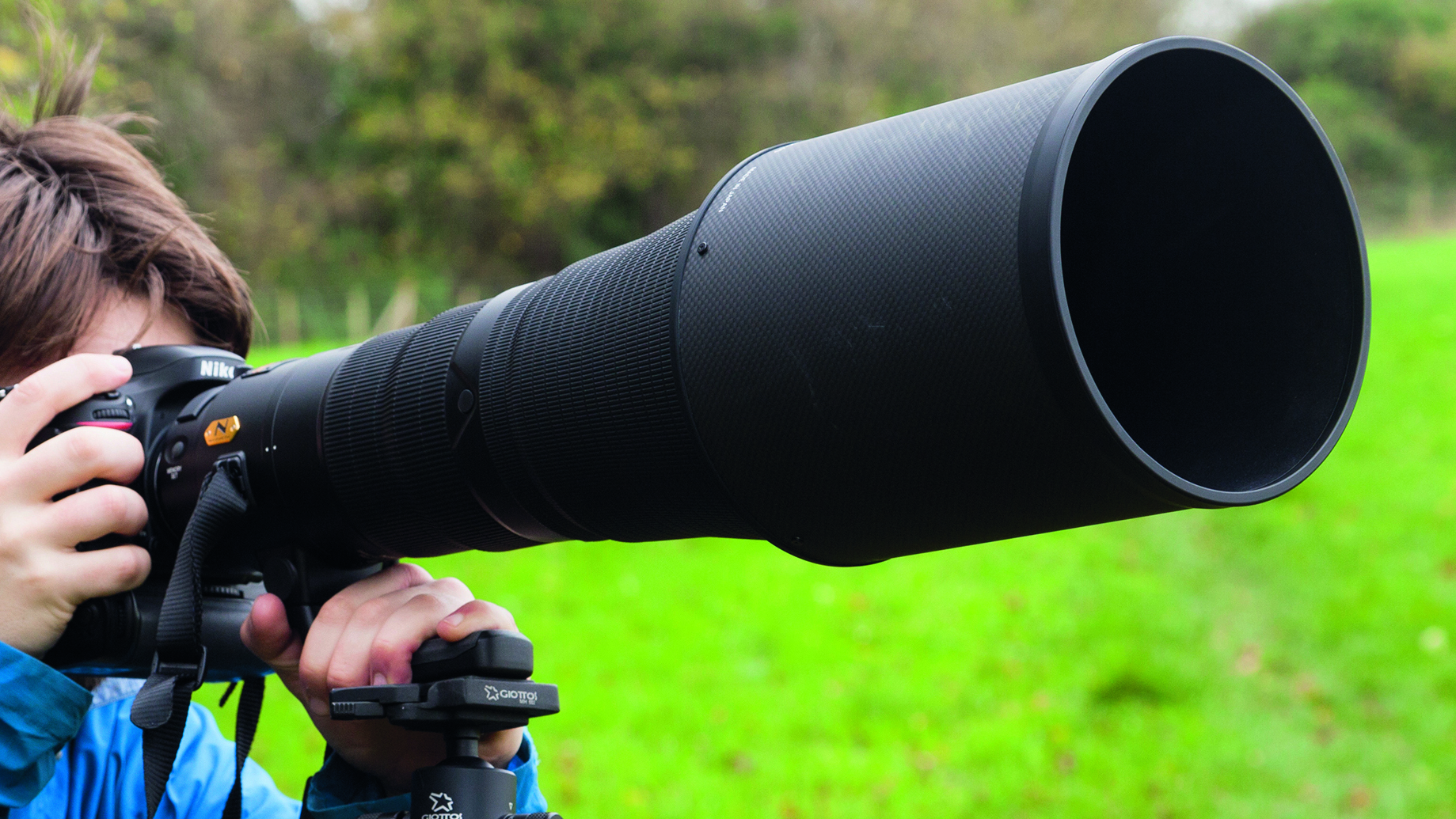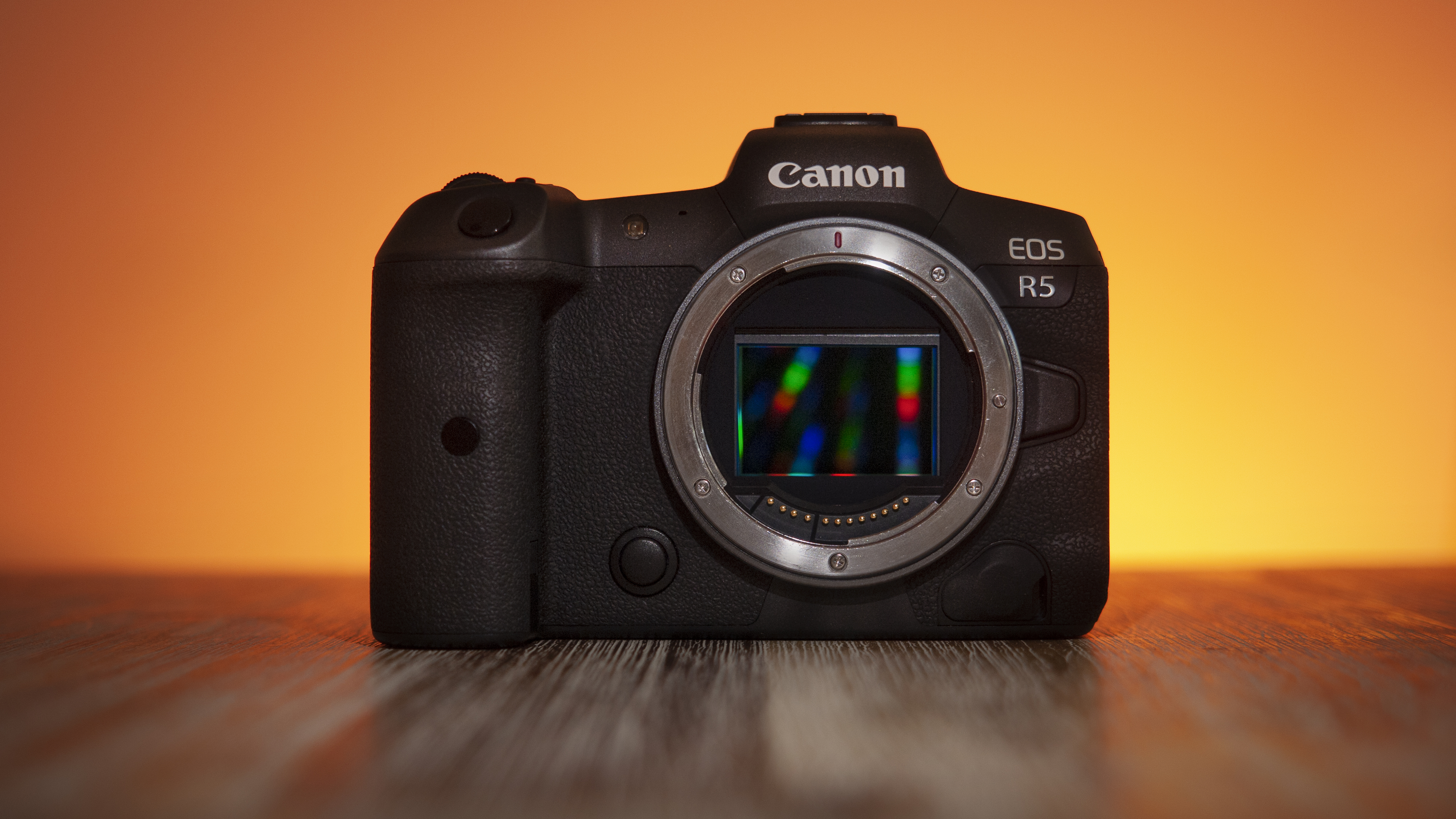Here's why to switch from DSLR to mirrorless… and why NOT to
Making the switch has its benefits – but downsides, too. Here's why the change isn't the best choice for every photographer right now

The rise of mirrorless cameras is something that photographers are all well aware of. But making the full switch from DSLR to mirrorless? That's still not a step that everyone is ready (or willing) to take.
And while the typical benefits of mirrorless cameras are shouted from every rooftop, I feel like no one's really talking about the downsides of leaving the DSLR world behind.
Personally, I invested in a mirrorless camera some time ago – but I never fully ditched my DSLR. Sometimes, mirrorless just doesn't do it for me. Even with all the advantages.
And beyond the specs and tech talk, what about the financial side of switching systems? For many, replacing their entire DSLR kit with mirrorless gear simply isn't realistic. It will cost thousands and thousands.
So let's put the switch into perspective and consider both the upsides and downsides of going mirrorless…
Pros & Cons

Practicality
Mirrorless cameras are typically lighter and more compact than DSLRs. Great if you're into travel or street photography, where a bulky body can draw unwanted attention or simply weigh you down. But mirrorless also tends to have shorter battery life.
Constant electronic viewfinder (EVF) or screen usage (which is essential, as there's no optical viewfinder) drains them faster. And here's something especially for hybrid shooters: mirrorless bodies can overheat during extended video use or in hot environments.
The best camera deals, reviews, product advice, and unmissable photography news, direct to your inbox!
Speaking of EVFs, mirrorless cameras show you a live preview of your exposure, which DSLRs can't do with their optical finders. This can be super helpful in fast-paced settings like weddings or events where light conditions shift constantly.
And, of course, the lack of a mirror means that silent shooting is possible – which is brilliant for weddings, wildlife or any situation where you want to stay discreet.

Handling
DSLRs are bulkier. Heavier. Not as sleek. But that bulk gives a better grip. And let's not forget the more intuitive DSLR menus – something many of us have muscle memory for.
Smaller mirrorless bodies can be a bit tricky to handle, especially with long lenses or if you've got larger hands. But features like in-body image stabilization (IBIS) are a big plus – balancing unwanted camera movement and reducing motion blur.
Also, autofocus on modern mirrorless systems is often faster and more accurate, especially with face, eye or animal detection. Again, that's – next to the silent shooting possibility – an especially a big win for wildlife, wedding and event photographers to capture fast-moving subjects sharply.
Image quality
Mirrorless sensors are incredibly advanced and have generally surpassed those of DSLRs, especially when it comes to low light performance and dynamic range. But, if you're already shooting on a decent full-frame DSLR, the difference isn't always night and day.
Let's be honest, unless you're printing billboards or zooming in at 200%, the image quality difference might not be worth the thousands of extra investment.

Price
Here's where things get real. Mirrorless gear and native lenses aren't cheap. You can save by buying used from trusted retailers like B&H, Wex or MPB, but the switch is still expensive.
However, many mirrorless systems support lens adapters, meaning you can still use your DSLR glass. Keep in mind, though, that autofocus performance may take a hit with some adapters.
On the bright side, fewer moving parts in a mirrorless camera mean less mechanical wear – and potentially fewer repairs in the long run.
Future-proofing
There's no denying it: the camera industry has migrated to mirrorless. Aside from Pentax, manufacturers don't develop DSLRs any more and are focusing on mirrorless bodies, lenses, and firmware.
And don't overlook firmware updates – they often deliver major performance boosts, not just bug fixes, with mirrorless models receiving a steady stream of upgrades and improvements.

So is switching better?
To wrap it all up – mirrorless wins on portability and stealth. DSLR wins on grip and ergonomics. Mirrorless AF is faster and smarter. Image quality? Depends on what you're shooting with now – a decent full-frame DSLR still holds its ground. And price? DSLRs is better for your budget. Mirrorless is better for the long run.
But if you're happy with your DSLR, there's no urgent reason to rush into a switch and spend thousands right away, only to lose that classic mirror slap that's so iconic, familiar and oddly reassuring.
You might like...
Browse the best DSLRs and best mirrorless cameras.

Kim is a photographer, editor and writer with work published internationally. She holds a Master's degree in Photography and Media and was formerly Technique Editor at Digital Photographer, focusing on the art and science of photography. Blending technical expertise with visual insight, Kim explores photography's time-honored yet ever-evolving role in culture. Through her features, tutorials, and gear reviews, she aims to encourage readers to explore the medium more deeply and embrace its full creative potential.
You must confirm your public display name before commenting
Please logout and then login again, you will then be prompted to enter your display name.
